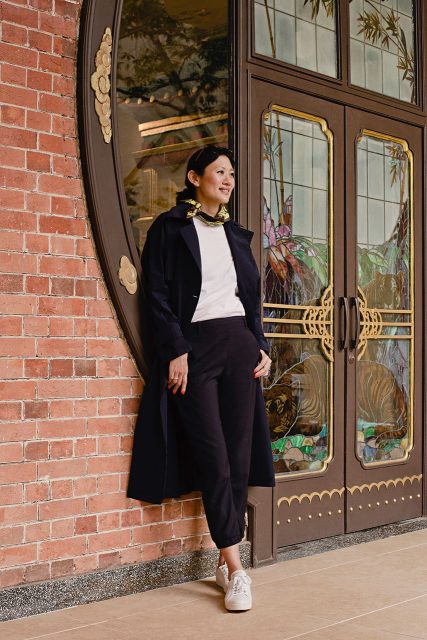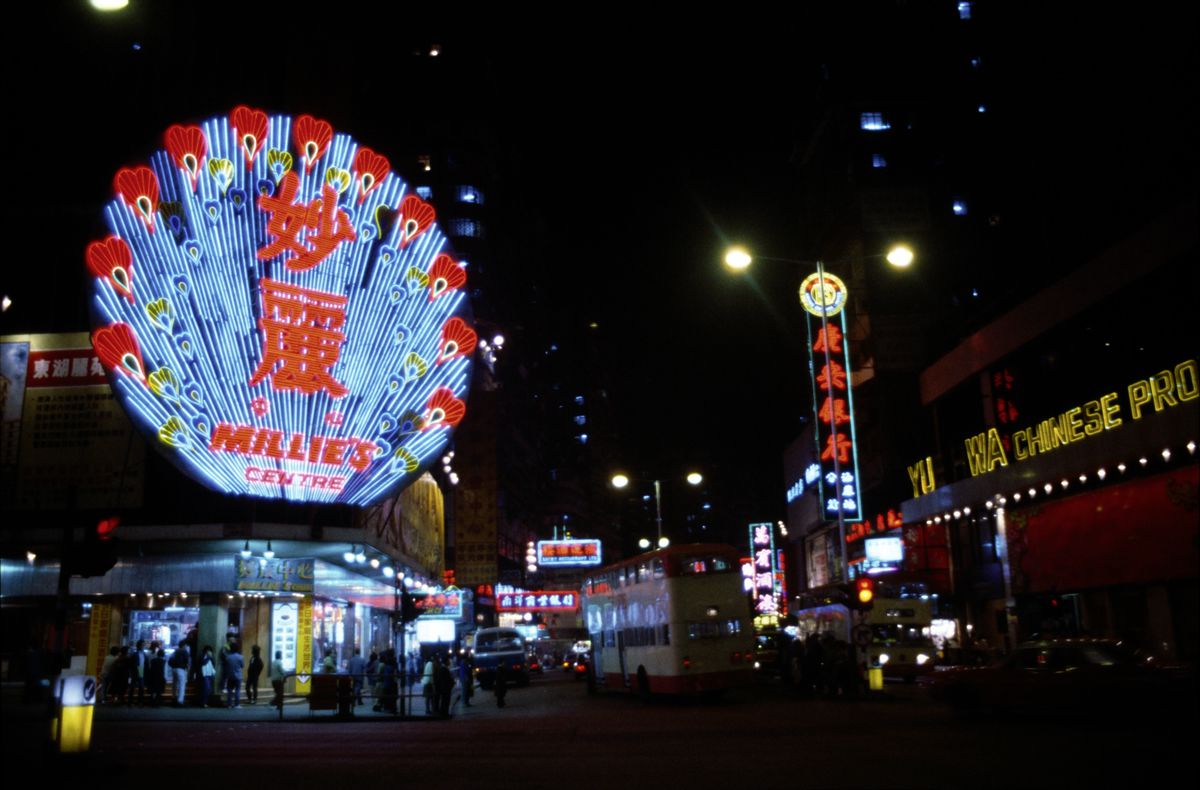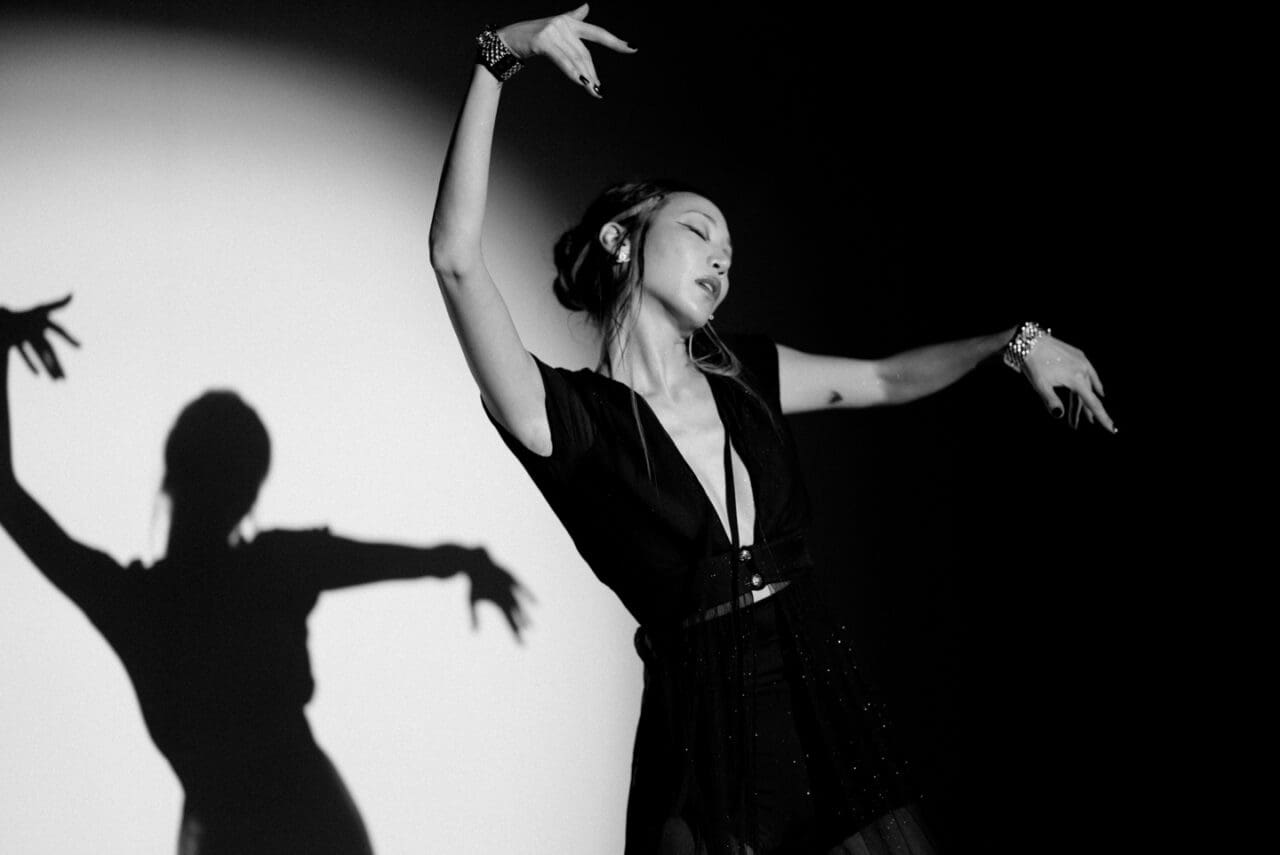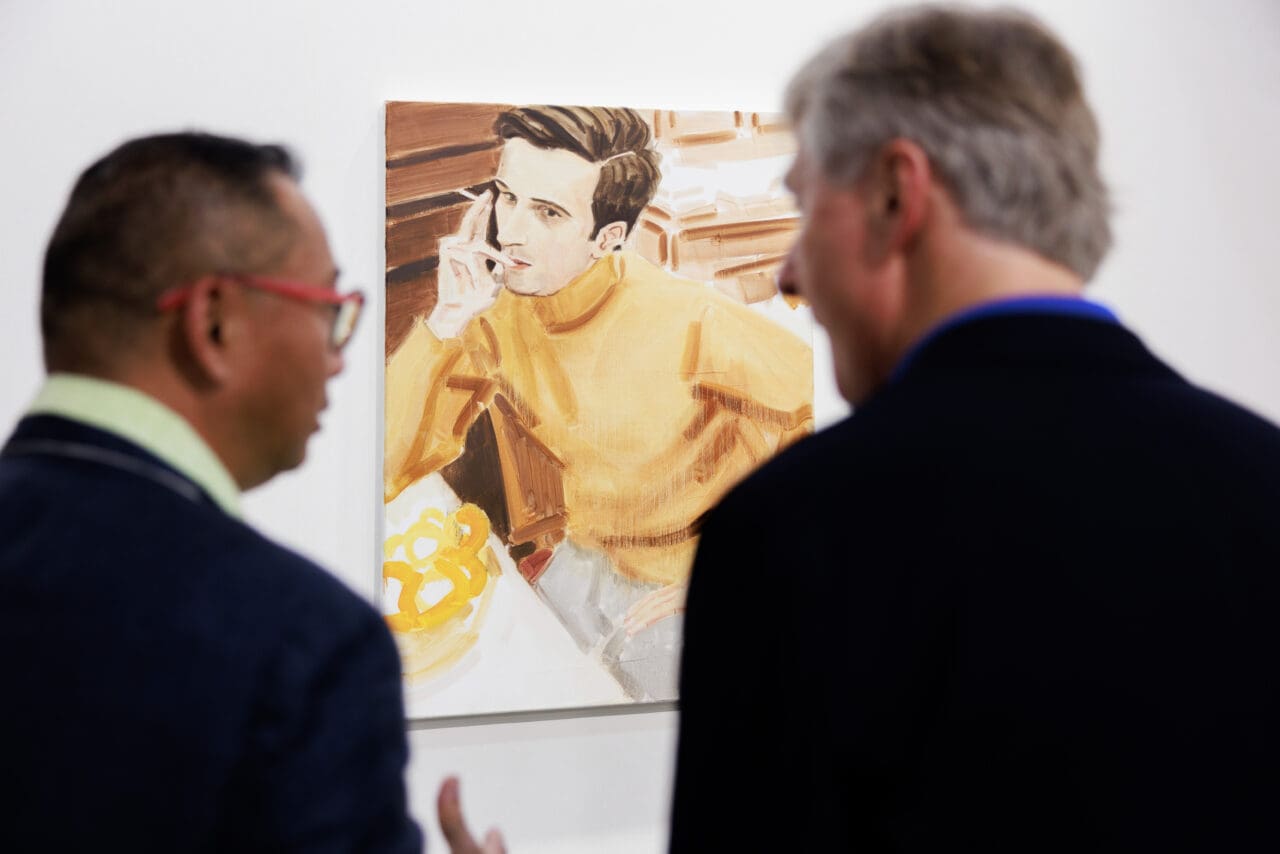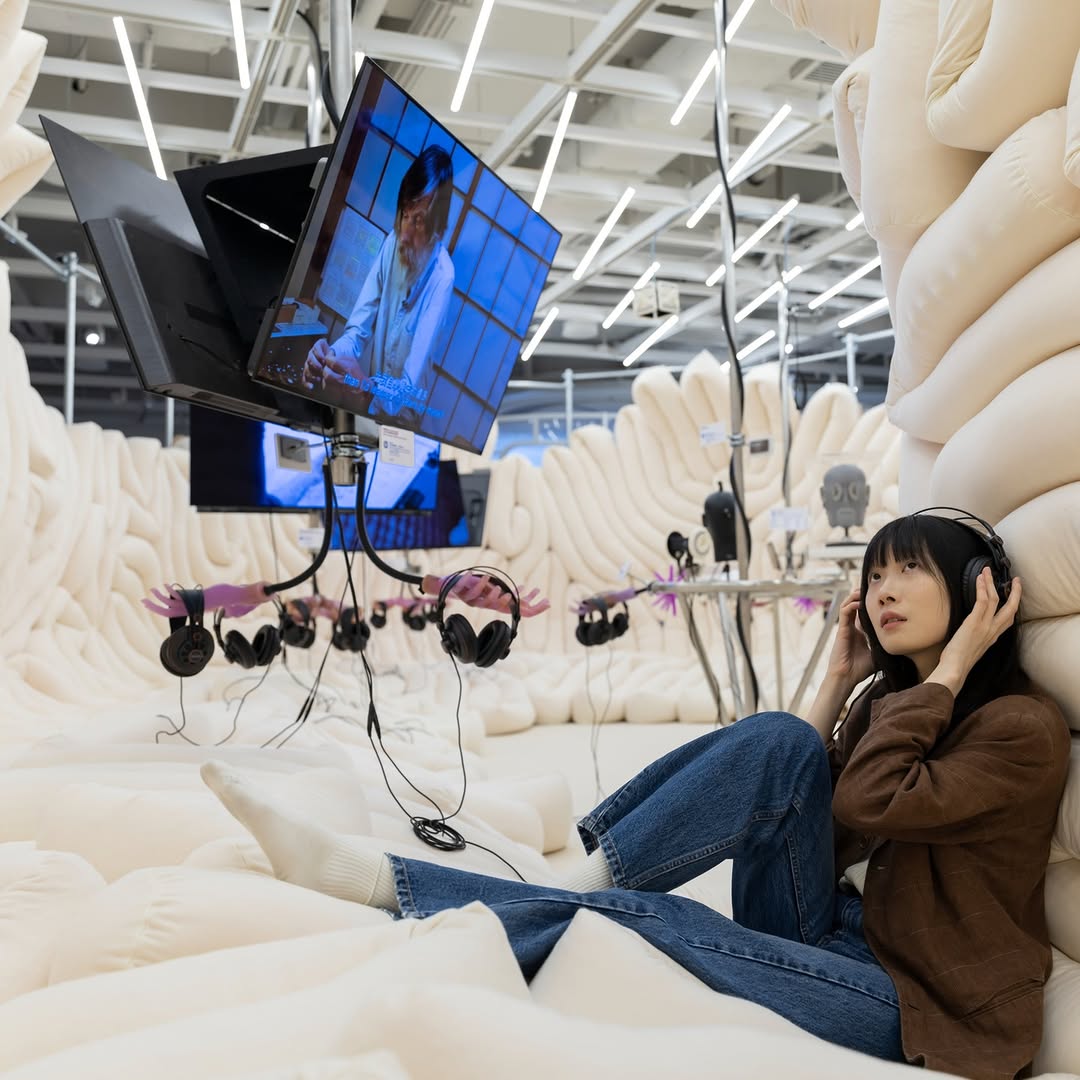Neon signs are as essential to the urban fabric of Hong Kong as its distinctive red Toyota Crown taxis and trundling trams. Having bathed the city’s streets for decades with the potent promise of countless pawn shops, mahjong parlours, banquet restaurants and showgirl club, the signs have, in the process, inspired Hong Kong’s greatest homegrown auteurs, from Wing Shya to Wong Kar-wai. However, their glow is quickly dimming due to inflexible government regulation and competition from cheaper, brighter and more easily maintained LED signs.
As such, we’ve asked Chloe Chow, Assistant Curator of Hong Kong Visual Culture at M+ Museum – an institution that has been dedicating its efforts to identify, acquire and preserve parts of Hong Kong’s neon landscape, as well as educating the public via NEONSIGNS.HK – to curate a selection of the most beautiful neon signs to have graced the city, in tribute to one of the last best symbols of a fading electric age.
Read Next
How Marisa Yiu Transformed Hong Kong’s Haw Par Mansion Into a Platform for Homegrown Design
Sammy’s Kitchen
Sammy’s Kitchen is a longstanding steakhouse in Sai Ying Pun that has been known locally since 1979 for its large, playful and idiosyncratic Angus cow neon sign. Designed by the restaurant proprietor Sammy Yip, the 10-foot-tall and 16-foot-wide neon sign exemplifies the heyday of neon signs in Hong Kong. Unfortunately, due to its size, the sign was dismantled in 2014 and is now part of the M+ Collection.
204-206 Queen’s Road West, Western District, c. 1977
Chinese Palace Night Club
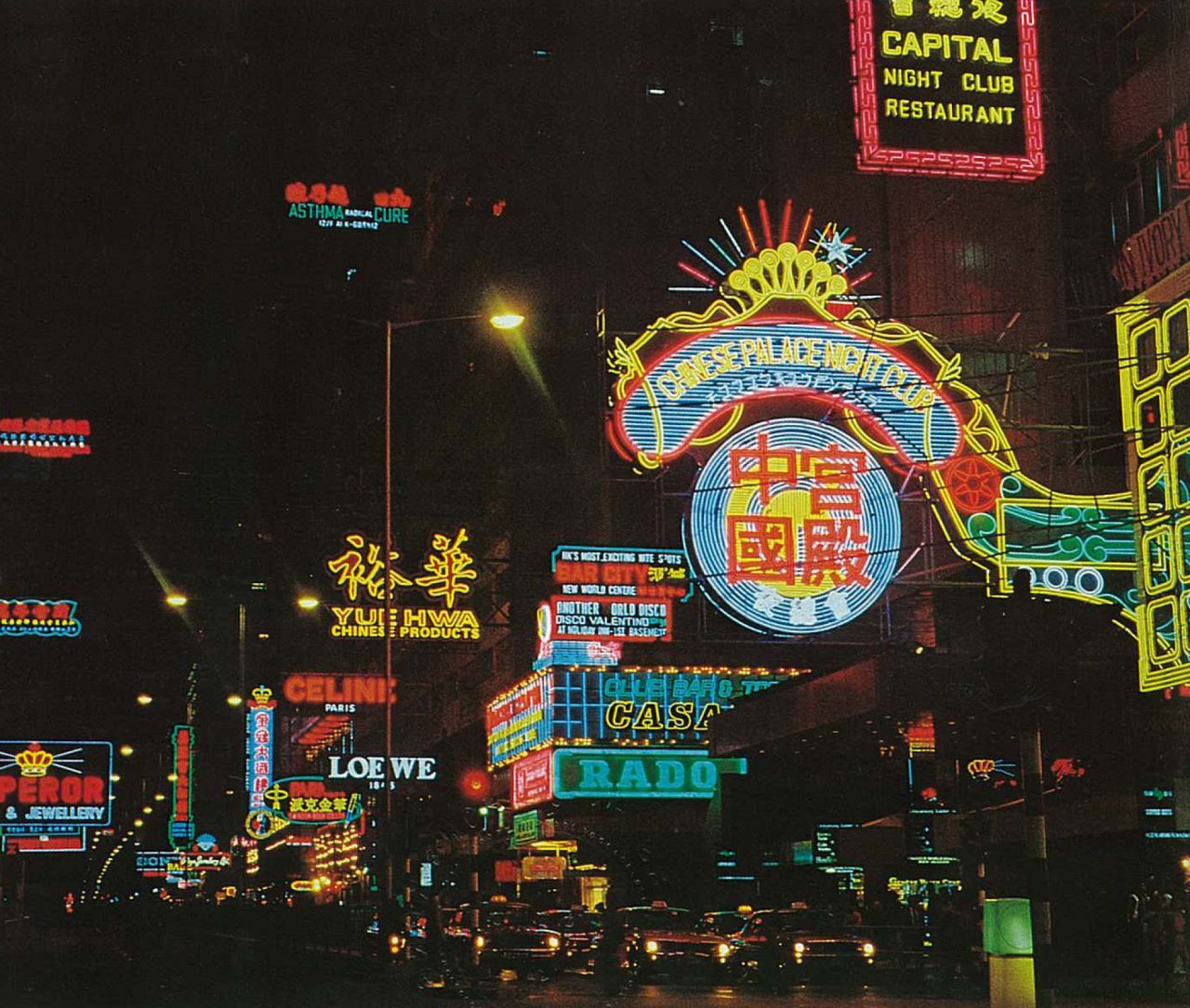
Image Credit: Frank Constantini and Kirk Kirkpatrick, Hong Kong Sign Book, South China Morning Post Limited
Reaching out over Nathan Road with the elaborate sceptre-shaped arm, this ornate neon sign topped by a gleaming crown signified the glory days of this prominent nightclub in the 1970s and 80s. Another sign of this nightclub has also been captured in the music video Jin Ye Xing Guang Can Lan (今夜星光燦爛) by an experimental Cantopop duo Tat Ming Pair in 1987.
Nathan Road, Jordan, c.1970
National Panasonic
Image Credit: Nam Wah Neonlight & Electrical Mfy. Ltd
National, the prominent Japanese home appliance brand, installed a red-and-white, building-sized neon sign in 1973 which was the world’s largest neon sign in the 1970s according to the Guinness World Records. The growing scale at the time reflected neon signs’ increasing importance as an advertising medium for international brands.
Nathan Road, Jordan, 1973
Suzie Wong Topless Club
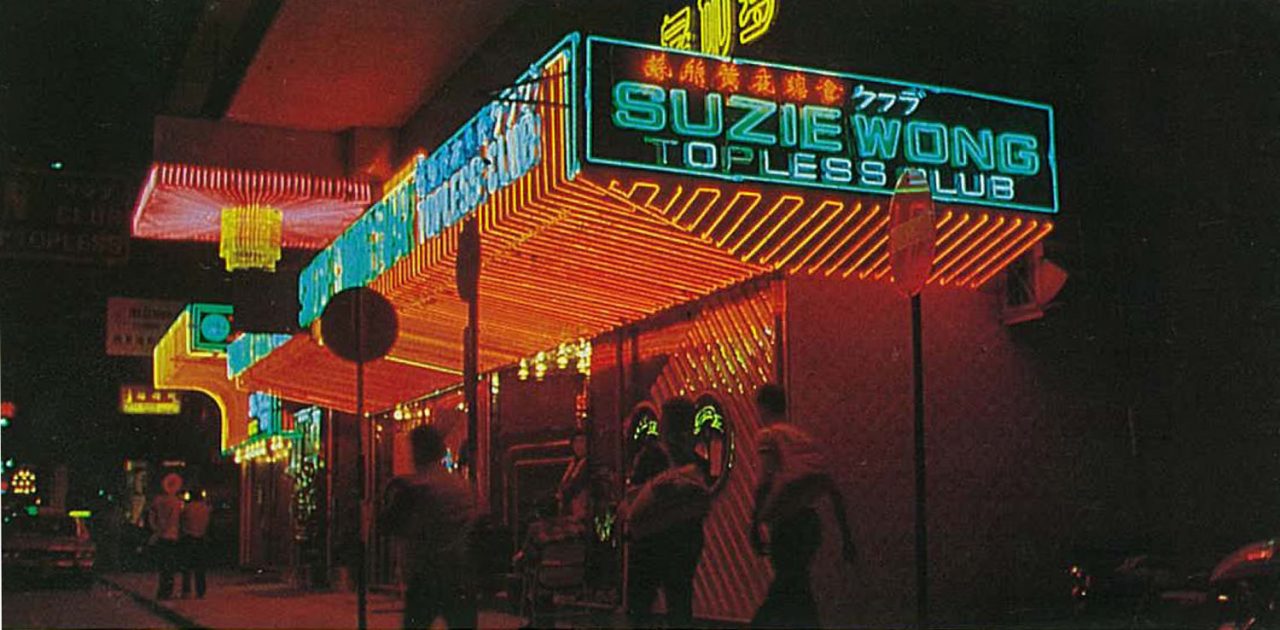
Image Credit: Frank Constantini and Kirk Kirkpatrick, Hong Kong Sign Book, South China Morning Post Limited
Covering the entirety, including the underside, of the venue’s marquee, as well as the neon chandelier in front of the entrance, this Suzie Wong nightclub neon sign is a distinctive example on using neon tubes to mimic a desirous environment, in contrast with the flat surface applications commonly found at the time.
Lockhart Road, Wan Chai, c. 1977
Millie’s Centre
Millie’s brilliant, peacock-inspired signboard was vastly out of scale with its comparatively small entrance, anchored the corner of Nathan and Jordan Roads during the 1970s and thus making that location one of the city’s most glittering intersections.
Nathan Road, Jordan, c. 1970
Victory Mahjong
Running across the entire width of the building façade, the Victory Mahjong neon sign offers an architectural expression of ‘running neons’, which produced an animated effect precisely controlled its operating current by a signaling apparatus. The sign is an increasingly rare example of an original neon sign still in existence among the rapid, massive neon sign clearances in the past five years.
Kansu Street, Yau Ma Tei, Year unknown
Very Good Tailor
Overlooking Public Square Street in the past five decades, the Very Good Tailor Neon Sign is notable for the Art Deco styled Chinese characters which are characterised by smooth lines and geometric shapes. It demonstrates an avant-garde aesthetic and stylish lifestyle that the shop positions itself as having. The sign has been collected by M+ when the shop closed down for renovation in 2016.
71 Public Square Street, Yau Ma Tei, 1963
Tung Cheung Pawn Shop Neon Sign
There are over 200 pawn shop neon signs in Hong Kong in the 1970s and 80s neon heyday. Tung Cheung is one of the city’s oldest pawn shop neon among them. The coin holding upside down bat, an iconic symbol in Chinese Culture since the Song Dynasty, represents fortune and prosperity to reassure customers who are pawning for money.
Argyle Street, Mong Kok, c. 1950
Sheung Hing Restaurant
Designed by the restaurant proprietor Law Yu Cheung, the Sheung Hing Restaurant neon sign is rendered in Clerical script with a Chinese-style decorative border. It presents a dignified beauty that shapes the images of this traditional Chinese restaurant and demonstrates the long tradition of integrating calligraphy into graphic design for the billboard. The sign was hung since 1979 but removed in 2017 due to safety concerns and is now part of the M+ Collection.
Ki Lung Street, Sham Shui Po, 1984
Mido Cafe
Image Credit: Photo by Wing Shya, courtesy of NEONSIGNS.HK and M+, Hong Kong
Located right in the heart of Temple Street, Mido Cafe is one of the oldest Hong Kong cafes with more than 60 years of history. The minimalistic neon sign, the vintage mosaic tiled floor, and metal latticework are well featured in the movie Moonlight Express (1991) directed by Daniel Lee and in the photo series Left Behind (2014) by Wing Shya.
Temple Street, Yau Ma Tei, c. 1960
Editor
Gavin Yeung